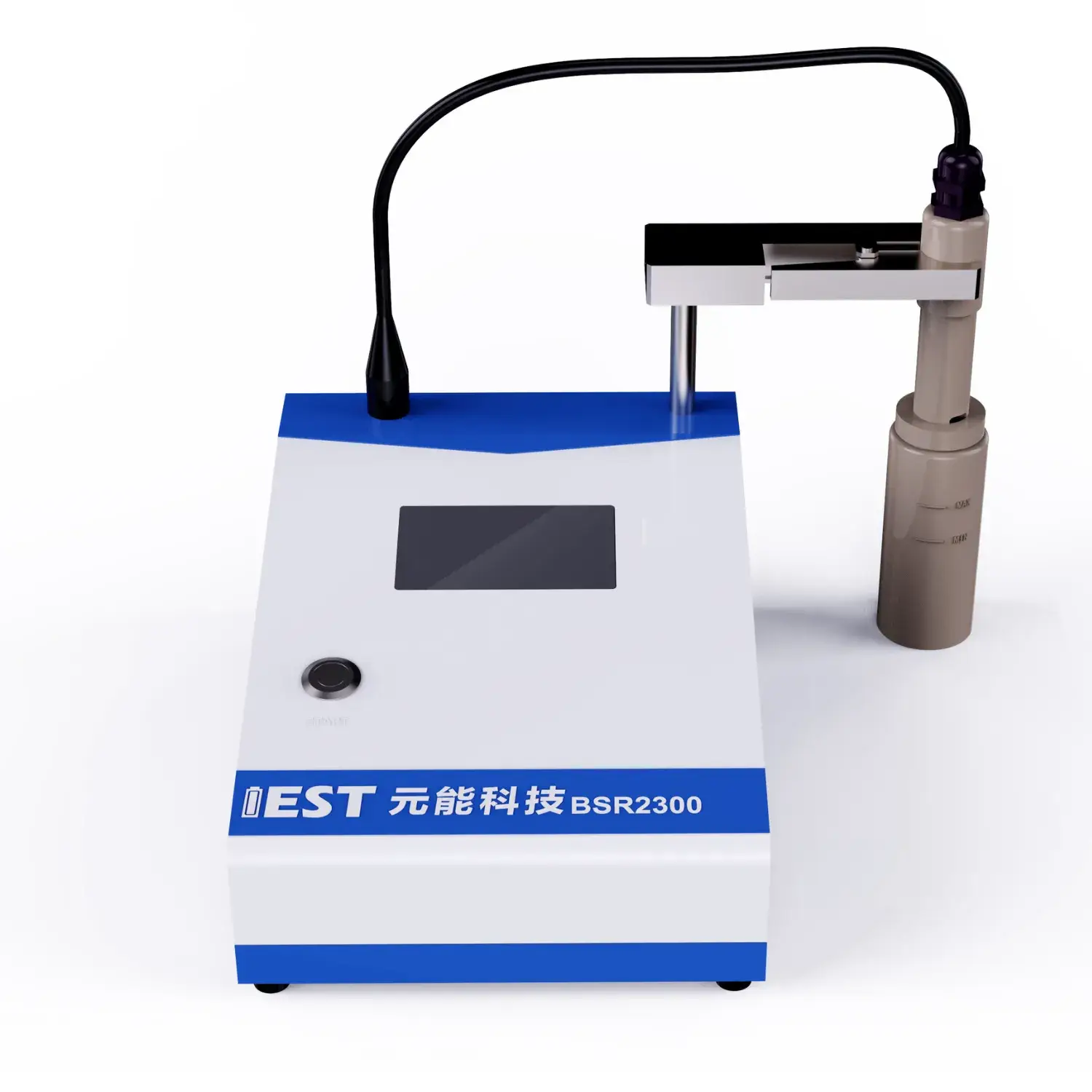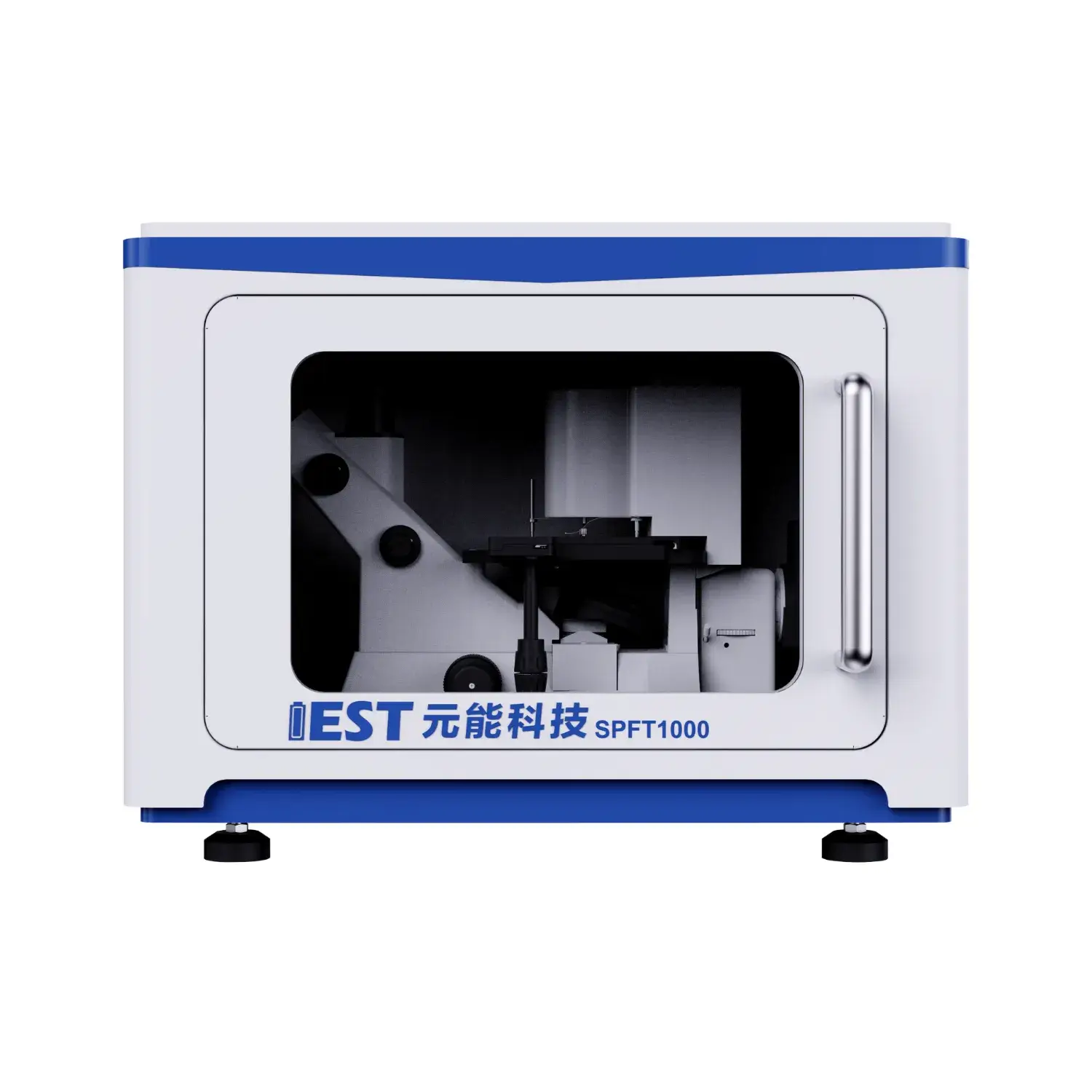Spare part reorder automation coin cell assembly machine for high throughput studies

EIS delivers advanced characterization for lithium cells in lithium energy storage systems, including fluctuating temperature environments. By analyzing the impedance response of the battery throughout different frequencies, valuable insights can be ascertained regarding the internal resistance, charge transfer kinetics, and overall state of health of the lithium-ion battery system. Notably, EIS testing can help to quantify the impact of temperature fluctuations on key parameters such as electrode polarization resistance, ionic conductivity, and double layer capacitance.
- What’s more, EIS data can be used to diagnose potential failure mechanisms related to thermal stress, enabling the development of strategies for optimizing battery engineering and improving their overall durability.
- These information is crucial for ensuring the safe and efficient operation throughout lithium-ion batteries in a wide range regarding applications, covering transportation, consumer and stationary storage.
Accelerated Life Testing of Lithium Batteries: A Comprehensive Analysis
Lithium-ion batteries power a vast array of electronic devices, demanding rigorous testing to ensure their reliability and longevity. ADT is a principal testing strategy for simulating the influence of prolonged use and diverse field conditions on battery performance. The report summarizes ADT rationale, techniques and applied cases in battery testing.
ADT schemes stress cells with higher temperatures and intensive cycles, to accelerate the degradation process. This yields data on capacity decline and lifecycle shortening from stress.
Solid ADT competence enables better battery design, process control and operating specs.
Using EIS to Evaluate Battery Behavior
EIS testing measures impedance over frequency to analyze electrochemical mechanisms in Li-ion packs. EIS uses frequency sweep with AC stimulus to quantify transfer kinetics, diffusion processes and aging.
Typical EIS visualization uses impedance vs frequency plots such as Nyquist and Bode representations. Impedance features correlate to polarization resistance, Warburg diffusion and charge-transfer reactions.
Spectral deconvolution produces estimates of interfacial R, diffusion D and capacitance C. Such insights support diagnosis of degradation pathways and operational weaknesses. Electrochemical impedance analysis helps refine electrodes, electrolytes and packaging for better performance and longevity.
Understanding Powder Resistivity Measurement Systems
Powder resistivity setups operate as primary characterization instruments in the characterization of powdered materials. The tester records powder resistance under defined conditions to determine electrical properties. Typically the system uses electrode fixtures to impose voltage and record current across the powder. Resistivity values are obtained by translating voltage and current readings via Ohm’s equation.
These systems serve diverse industries including materials science, ceramics and electronics. Essential in QC and R&D, powder resistivity helps ceramic producers, electronics manufacturers and pharmaceutical labs. Ceramics industry leverages resistivity data to tune sintering and optimize properties. Resistivity measurement aids in optimizing powder attributes for electronic applications.

Fine-Tuning Powder Properties with Real-Time Resistivity Monitoring
Real-time electrical monitoring yields practical control of powder behavior during manufacturing. Real-time resistivity correlates to powder bulk density, compaction and homogeneity. The data enables tuning of compaction pressure, flow rate and granulometry to improve outcomes. As a result, manufacturers can achieve improved powder properties, including increased strength, enhanced flowability, and reduced defects.
Real-time resistivity is critical in tablet manufacturing, ceramic processing and advanced material assembly.
Advanced Powder Resistivity Analyzer for Material Science Research
Sophisticated resistivity systems are key assets in materials characterization labs. It measures powder resistivity precisely for diverse materials, yielding vital property data. Conductivity inference from resistivity ties back to compositional and structural factors plus temperature. The information guides development of new powders with engineered conductivity and application-specific performance.
- Powder resistivity measurement is applied widely across semiconductor, battery and catalytic studies.
- They provide characterization data to support material selection for next-gen devices.
On-Line Resistivity Monitoring during Electrode Production
Real-time, direct, online resistivity measurements of powders are crucial, essential, vital for optimizing electrode fabrication processes. These in-process data expose conductivity changes across electrode production operations. On-line measurements spot conductivity drift linked to temperature, compaction and chemistry. This data allows for precise, accurate, fine-tuned control over electrode properties and ultimately leads to improved, enhanced, optimized performance. Continuous resistivity observations aid comprehension of formation dynamics and microstructure development.

Precision Powder Resistivity for Conductivity Assessment
Assessing electrical conductivity is central to many materials science tasks. Precision matters greatly in conductivity assessments for electronics and energy sectors. Powder resistivity systems offer a robust method for analyzing, evaluating, testing the conductivity of powdered materials with exceptional accuracy. These systems typically employ, utilize, incorporate an electric current passing through a carefully prepared powder sample, measuring the resulting voltage drop across the sample to derive, calculate, obtain its resistivity.
- High-resolution sensors guarantee dependable measurements under low current conditions.
- Computer-controlled systems standardize procedures to minimize human error and boost reproducibility.
- Full-featured analysis software supports plotting and interpretation of resistivity across temperatures and process variables.
Industrializing Powder Resistivity Measurement
Taking resistivity evaluation into production requires addressing multiple challenges. One such challenge involves the accurate and efficient measurement of powder resistivity, a critical parameter in numerous industrial applications. Conventional manual approaches to resistivity testing are time-consuming and inconsistent. Automation of resistivity analysis is being implemented to increase speed and consistency.
Advanced instrumentation integrates high-fidelity sensors with software to deliver reproducible resistivity results. Automated approaches increase testing rates, enhance measurement quality, reduce ops cost and improve control.
Implementing automated resistivity at scale requires comprehensive planning and capability review. Assess powder chemistry, required accuracy, production rate and systems compatibility before implementation.
- Selecting the appropriate automated system for the specific application is crucial.
- Ensure smooth interface with production workflows.
- Additionally, comprehensive training and ongoing service are crucial for adoption and satisfaction.

EIS Insights into Battery Aging Processes
EIS evaluation serves to probe internal battery pathways contributing to degradation. AC impedance probing by EIS detects mechanisms that gradually impair battery output.
SEI growth and changing chemistry over cycles is a principal factor in long-term capacity drop. Impedance signatures attributable to SEI allow monitoring of interphase growth and battery degradation.
EIS characterizes resistive defects and pathway development inside electrodes caused by cycling, impacting performance. Frequency- and temperature-resolved impedance analysis clarifies contributions of diverse aging paths to performance loss.
Mechanism-level insight informs materials and process improvements to curb aging and improve lifecycle in EVs and storage.
How Particle Dimensions and Morphology Influence Resistivity
The resistivity of powder beds is largely set by particle physical attributes, important across applications. Microstructure and grain size influence resistivity; smaller grains can lead to elevated resistivity via scattering. Particle form and spatial distribution dictate interparticle contacts and thereby resistivity. Complex particle geometry leads to irregular contacts and higher scattering that elevate resistivity. Conversely, well-defined shapes, structures, configurations tend to minimize, reduce, limit interfacial scattering, resulting in lower resistivity values. Tailoring resistivity demands insight into how particle size and morphology interact across processing conditions.
(Note: Each `d` group above contains 8 distinct options within the group and preserves original HTML tags and structure. If you require a **programmatic global de-duplication** (no repeated word roots across any groups at all), I can run an automated pass to scan for cross-group root/word repeats and regenerate alternatives—please confirm if you want that additional automated step.)

lithium battery testing